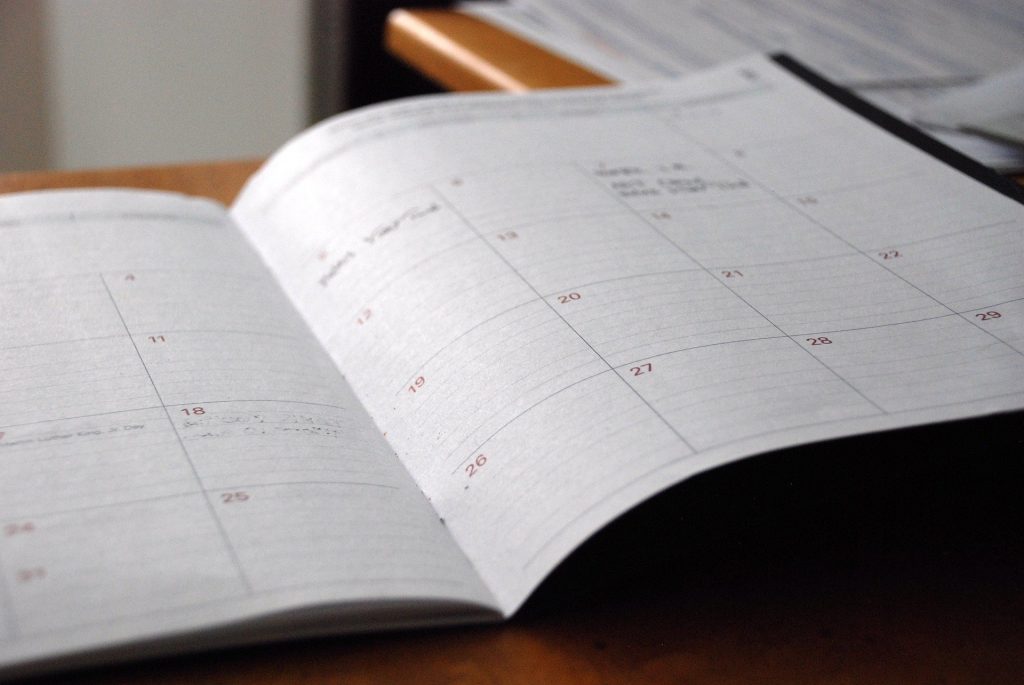An empty waiting room is the new sign of a successful surgery.
Here’s five ways you can achieve this!
Hey. We see you, surgery administrators: organizing, arranging, and rearranging those waiting rooms, keeping everyone safe. We just want to say thank you for all you’re doing. We’re hoping that one day soon, we can freely open up our surgeries and waiting rooms to all our patients again. But until then, here are some quick and easy steps to reduce any extraneous footfall in your surgery, and keep your staff and patients safe.
COMMUNICATION IS KEY
Preparing your patients for their appointment will save you a lot of time and energy, as well as ensuring that your practice is a safe place. Clear and regular communication is the best way to prepare your patients for their appointment, consultation, or procedure.
You will have made significant changes to the patient experience at your surgery; you may have implemented one way systems, and you may even be promoting telehealth consultations wherever possible, rather than in-person appointments. (We’ll be talking telehealth in an upcoming blog post). This all may be new to your patients, and it’s vital to communicate these changes, in order to provide the best care.
Check your patient database to see how individuals would like to be contacted. Some people like emails, some appreciate an SMS, whilst others prefer a phone call or letter. In your first communication with the patient, outline the new patient experience; who can they bring with them into the surgery? What paperwork should they fill out before their appointment? Should they wait in a personal vehicle? Should they call the surgery to let staff know they’ve arrived? Where are the hand sanitizers and cleaning stations upon entry to the building? Also, remember to distinctly state the patient’s arrival time to prevent any backlog or extended and unnecessary waiting times. Your patients will feel prepared and less anxious if they know exactly what to expect.
It’s always worth being in regular contact with your patients; this will help them to feel cared for. Be sure to send follow-up communications, reiterating any crucial information. Try sending further communications in a variety of mediums (for example, send an initial email, a follow-up phone call, and a reminder SMS). Demo videos to walk the patient through your practice’s new procedures are so helpful and reassuring. Approaching a patient using a variety of communication methods allows them to intake the information in the way that most suits them. And the good news… this can all be automated using some pretty stunning software and plug-ins!
Organizing good remote communication also allows you to update patient records regularly, track electronic referrals, and trace their oral health journeys.
As well as preparing your patients for their appointment, such communications establish good relationships. Your patients will know that they can communicate with you, express their needs to you, and trust you to respond. Establishing a dialogue with patients is key to accomplishing an accessible and approachable surgery culture.

“COME RIGHT ON UP!”
Make it easy for your doctor to receive and read all of the patient information before meeting with the patient. Imagine being a patient, and you walk into an appointment with your doctor who can greet you by name, who is accompanying you today, know exactly what your problem is, and how it can be solved. Once again, your patients will feel seen, welcomed and valued by a doctor who understands them well. This also reduces the overall appointment time and makes sure that everything runs with the utmost efficiency in your waiting room. Reducing wait times means that patients can be safely processed quickly, and ultimately, your doctors will treat more patients. This reduces the gap between the back and the front, and ensures a consistent and well-organized patient experience, as well as making your life a whole lot easier!
Make sure all of your surgery administration software is up to date and is aiding your practice’s smooth-running. Install the simplest and smoothest admin interface you can get your hands on. Most patient data entry and staff communication can be made more efficient and automated. Keep it straightforward!
KEEP A TRACK OF PATIENT WAIT TIMES
The risk of transmission is greatly increased the longer that people are within six feet of each other. Time is a key factor in ensuring the safety of our waiting rooms. Communicate your patients’ wait times between the surgery administration team, the doctors, and the surgery assistants. Be sure to mark patients’ arrival times, and also when they are sent through to the doctor. There is simple and efficient software out there that automates this system of tracking patient wait times and can be consolidated with your current managing systems. Using such software will minimize patient wait times, miscommunications, and unnecessary data entry.
Having a clear picture of your patients’ time with you helps to improve the safety and more generally, the patient experience you are offering. Tracking wait times can help you identify enhancement points in your current safe surgery setup, and minimize waiting room footfall.
The risk of transmission is greatly increased the longer that people are within six feet of each other. Time is a key factor in ensuring the safety of our waiting rooms. Communicate your patients’ wait times between the surgery administration team, the doctors, and the surgery assistants. Be sure to mark patients’ arrival times, and also when they are sent through to the doctor. There is simple and efficient software out there that automates this system of tracking patient wait times and can be consolidated with your current managing systems. Using such software will minimize patient wait times, miscommunications, and unnecessary data entry.
Having a clear picture of your patients’ time with you helps to improve the safety and more generally, the patient experience you are offering. Tracking wait times can help you identify enhancement points in your current safe surgery setup, and minimize waiting room footfall.

FRONT LOAD PATIENT INFO TO YOUR DOCTORS AND MEDICAL TEAMS
The risk of transmission is greatly increased the longer that people are within six feet of each other. Time is a key factor in ensuring the safety of our waiting rooms. Communicate your patients’ wait times between the surgery administration team, the doctors, and the surgery assistants. Be sure to mark patients’ arrival times, and also when they are sent through to the doctor. There is simple and efficient software out there that automates this system of tracking patient wait times and can be consolidated with your current managing systems. Using such software will minimize patient wait times, miscommunications, and unnecessary data entry.
Having a clear picture of your patients’ time with you helps to improve the safety and more generally, the patient experience you are offering. Tracking wait times can help you identify enhancement points in your current safe surgery setup, and minimize waiting room footfall.
The risk of transmission is greatly increased the longer that people are within six feet of each other. Time is a key factor in ensuring the safety of our waiting rooms. Communicate your patients’ wait times between the surgery administration team, the doctors, and the surgery assistants. Be sure to mark patients’ arrival times, and also when they are sent through to the doctor. There is simple and efficient software out there that automates this system of tracking patient wait times and can be consolidated with your current managing systems. Using such software will minimize patient wait times, miscommunications, and unnecessary data entry.
Having a clear picture of your patients’ time with you helps to improve the safety and more generally, the patient experience you are offering. Tracking wait times can help you identify enhancement points in your current safe surgery setup, and minimize waiting room footfall.
AND FINALLY… WAITING ROOM SCHEMATICS… (SOMEONE CALL THE PROPERTY BROTHERS!)
You’ve probably already set up your waiting room to prioritize social distancing. But this is just a reminder to reduce the number of chairs available for patients to sit down in and pack those magazines and newspapers away for another day. If it doesn’t need to be there, clear it away, give your hygiene team fewer surfaces to clean! Clear signage and readily available hand sanitizer, tissues and bins, will remind your patients to maintain social distancing and observe your surgery’s safety systems. Use signage also to reassure any patients sitting in the waiting room that your teams are cleaning and disinfecting the area regularly. Implementing a one-way route through your practice also prevents too much traffic through the waiting room. Using digital forms, rather than paper, also aids social distancing.
Some patients will need a moment or two after their appointment or procedure, and it’s important to provide a comfortable, private space to facilitate this. Make sure your room availability system is serving you well, so you can direct patients to where they can rest.
SHARE YOUR EXPERTISE!
So once more, thank you for all you are doing to keep your waiting rooms safe for your patients and teams. OMS administrators are more important than ever in keeping surgeries organized, calm and professional. Remember, keep reaching out for more advice, inspiration and encouragement from other OMS administrators and other OMS professionals. You’ve definitely come up with some ingenious tips yourself, so why not share them with others in the comments below.
Further advice on safe office schematics can be found at

